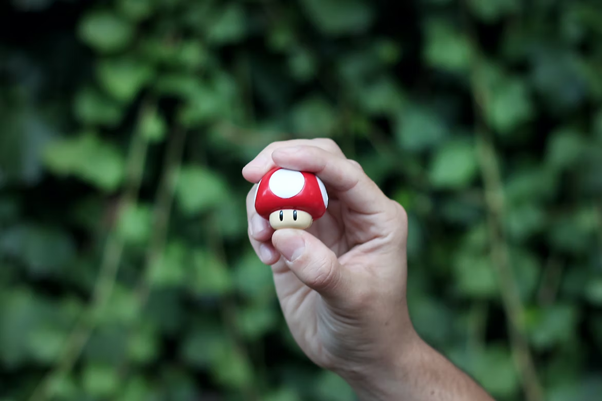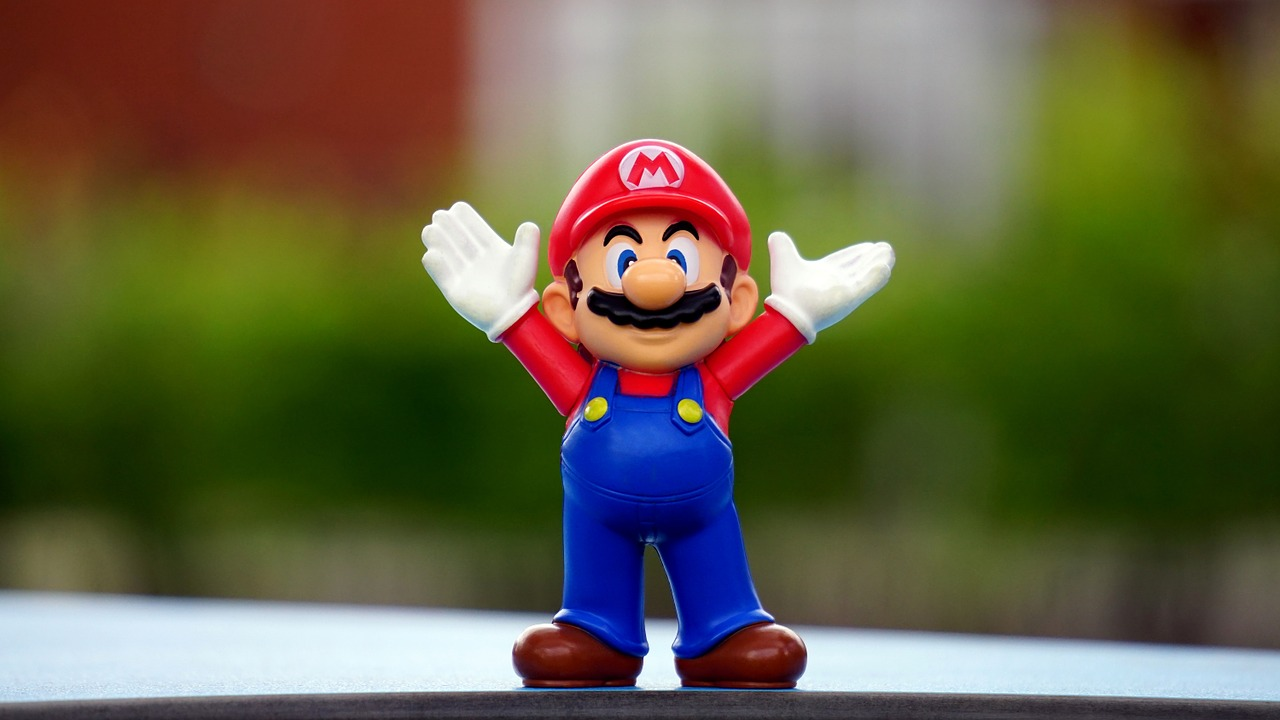Exploring the Hidden Lore of Super Mario: Secrets You Never Knew Existed
Super Mario has been a beloved franchise for decades, captivating players with its engaging gameplay and colorful worlds. Beyond the well-known adventures and iconic characters, there exists a rich tapestry of hidden lore and fascinating secrets that add depth to the series. These elements often go unnoticed, even by dedicated fans, making them intriguing discoveries for those willing to look deeper.
Exploring these hidden aspects can offer a fresh perspective on the games you thought you knew so well. Whether it’s uncovering the origins of characters, understanding the intricacies of the Mushroom Kingdom, or finding Easter eggs scattered throughout the series, there’s always something new to learn. As a college student, if you often find yourself needing a paper writing service that can write my essay without plagiarizing, a dive into Mario’s hidden lore might provide the perfect mental break and a burst of inspiration. Let’s embark on a journey to uncover the secrets of Super Mario that you never knew existed.
The Origins of Super Mario
The Birth of Mario
Super Mario, created by Shigeru Miyamoto, first appeared in the game Donkey Kong in 1981. Initially called “Jumpman,” Mario was a carpenter, not a plumber. The name “Mario” was inspired by Mario Segale, the landlord of Nintendo of America’s office.
From Carpenter to Plumber
In 1983, Mario transitioned from carpenter to plumber in the game Mario Bros. This change reflected the game’s setting, featuring pipes and sewers, which became iconic elements of the Mario universe. This shift also established Mario’s role in various games, making him one of the most recognizable characters in gaming history.
The Mushroom Kingdom and Beyond
The Mushroom Kingdom, introduced in Super Mario Bros. (1985), is a vibrant world filled with unique characters and environments. Each game expands this universe, introducing new realms like Dinosaur Land, Sarasaland, and the Beanbean Kingdom, each with its own lore and inhabitants.
Hidden Characters and Easter Eggs
The Mysterious Luigi
Luigi, Mario’s brother, has his own set of secrets. In the original Super Mario Bros., players can access the Minus World, a glitchy underwater level. Luigi often appears in hidden or alternate roles, such as in Luigi’s Mansion, where he steps out of Mario’s shadow and becomes the protagonist.
The Secret of Toadstool and Peach
Princess Toadstool, later known as Princess Peach, has a rich backstory. Her name change to Peach in the U.S. games was an effort to align with the Japanese versions. Peach’s character has evolved from a damsel in distress to a strong, independent ruler with her own adventures, such as in Super Princess Peach.
Yoshi’s Hidden Abilities
Yoshi, the lovable dinosaur, first appeared in Super Mario World. While players know about his ability to eat enemies and lay eggs, fewer are aware of his unique color-coded abilities. Different colored Yoshis have distinct powers, like blue Yoshis that can fly when holding a shell. These nuances add depth to Yoshi’s character and gameplay.
The Dark Side of the Mushroom Kingdom
Bowser’s Origins
Bowser, Mario’s arch-nemesis, has a surprisingly complex history. Originally intended to be an ox, Bowser’s design was inspired by the Japanese folk character Oni. Over time, his character has developed a more detailed backstory, including his kingdom and offspring, adding layers to his villainous persona.
The Koopalings
The Koopalings, initially introduced as Bowser’s children, were later reclassified as his minions. Each Koopaling has a distinct personality and battle style, reflecting various aspects of Bowser’s character and expanding the lore of the Mario universe.
The Haunted Lore of Boo
Boo, the ghostly enemy, has an intriguing origin. Inspired by the shy wife of a Nintendo developer, Boos only move when Mario isn’t looking. This playful yet eerie characteristic adds a unique challenge to the gameplay and deepens the lore of Mario’s adversaries.
The Influence of Super Mario
Cultural Impact
Super Mario has transcended gaming, influencing various aspects of popular culture. From television shows and movies to merchandise and theme park attractions, Mario’s influence is vast. This cultural footprint reflects Mario’s enduring legacy and universal appeal.
Educational Inspirations
Surprisingly, Super Mario has educational aspects. The game’s problem-solving elements, creative level designs, and storyline can inspire students in subjects like art, physics, and storytelling. For instance, understanding the mechanics of Mario’s jumps can teach principles of physics, while designing levels in Super Mario Maker fosters creativity and critical thinking.
Fan Theories and Speculations
The Mario universe has spawned numerous fan theories and speculations. From theories about Mario being the true villain to hidden connections between games, fans have developed rich narratives that expand the official lore. These theories reflect the deep engagement and passion of the Mario fan community.
Conclusion
Exploring the hidden lore of Super Mario reveals a rich tapestry of characters, stories, and secrets that go beyond the surface of the games. As you juggle your college assignments and look for a break, diving into the world of Mario can provide a refreshing and inspiring escape. Whether it’s uncovering the origins of beloved characters or delving into the game’s cultural impact, there’s always something new to discover in the Mushroom Kingdom. So, take a moment to explore these hidden gems, and let Mario’s adventures inspire your own learning journey.





 Main Mario Mayhem Website
Main Mario Mayhem Website Main Mario Mayhem Website
Main Mario Mayhem Website
Leave a Comment